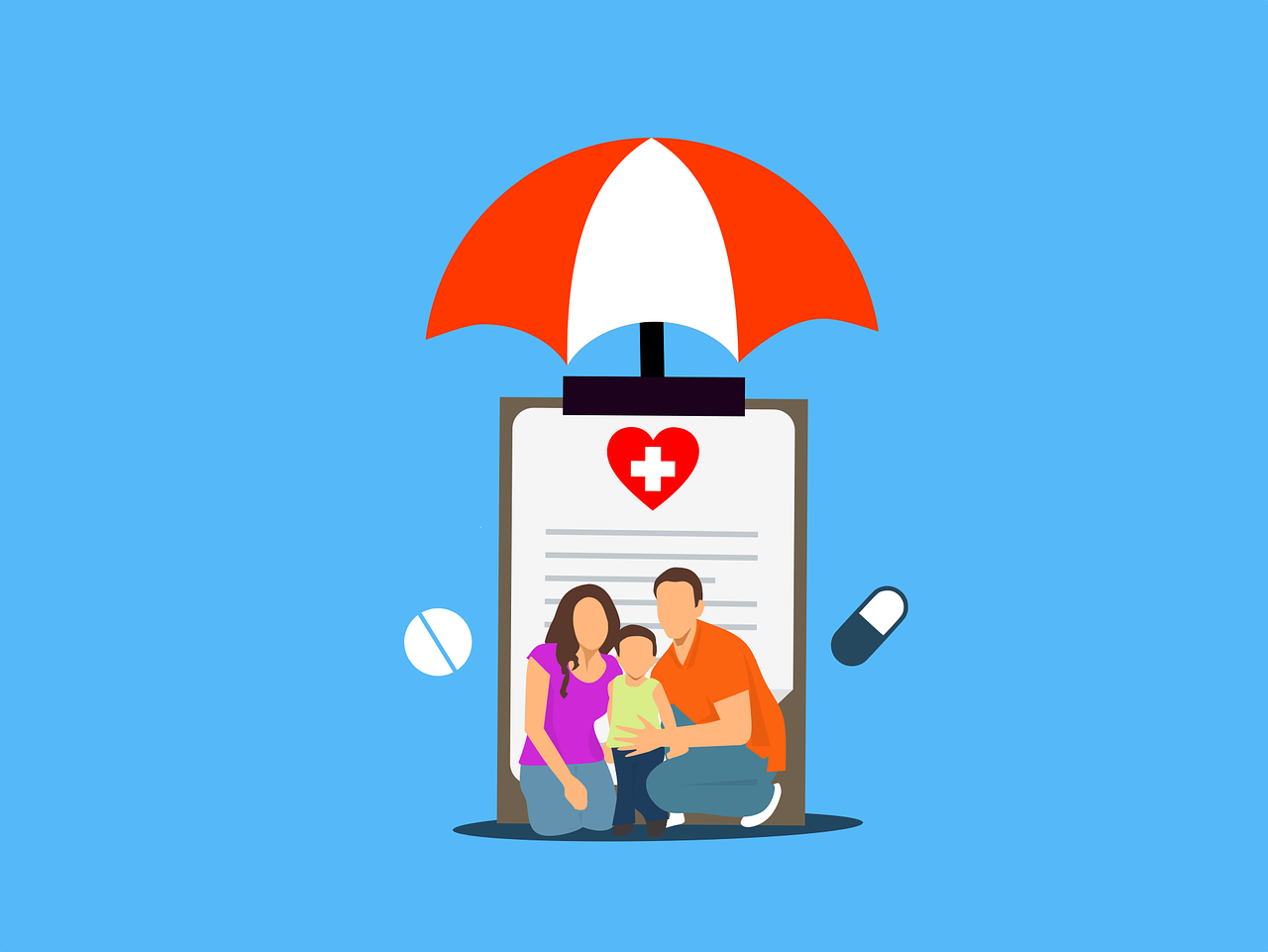How the Indian Government Is Revolutionizing Healthcare Through Digital Platforms

Strong 8k brings an ultra-HD IPTV experience to your living room and your pocket.
Over the past few years, the way healthcare works in India has been quietly—but significantly—changing. While earlier a visit to the doctor almost always meant standing in a long queue or traveling miles to a hospital, the government’s digital health initiatives have started to turn that story around.
Now, whether you live in a big city or a remote village, chances are you’ve felt at least a small part of this shift. Through apps, digital IDs, online consultations, and public-private collaboration, the Indian government is laying down a health tech framework that might just change the future of healthcare access in the country.
The Digital Shift: Not Just a Buzzword
It’s tempting to see “digital healthcare” as just another trendy term. But when you look closer, it’s much more than that. At its core, it means bringing healthcare services—diagnosis, treatment, follow-ups, and even prescriptions—into the digital space where people can access them faster and more efficiently.
This has been particularly game-changing in a country like India, where distance, infrastructure gaps, and overcrowded hospitals often stand between people and timely medical help. By using technology, the government is aiming to reduce these barriers.
Ayushman Bharat Digital Mission: The Backbone
One of the biggest steps in this direction is the Ayushman Bharat Digital Mission (ABDM). Launched to create a digital health ecosystem, the mission focuses on giving every citizen a unique Health ID—kind of like a medical Aadhaar card. This ID links all medical records, past prescriptions, reports, and doctor visits to one profile.
Why does this matter? Because it saves time, reduces errors, and keeps patient history available across healthcare providers—whether private clinics or government hospitals.
Let’s say someone in Bihar gets treated for diabetes, then moves to Delhi for work. With their Health ID, doctors in Delhi can access their treatment history, medication patterns, and lab results, avoiding duplication and improving care.
Teleconsultations: From Town to Tiniest Village
During the COVID-19 crisis, something interesting happened. With mobility restricted, both patients and doctors turned to video calls and digital platforms. What started as a crisis response soon became a habit.
Building on this, the government has expanded its eSanjeevani platform, a free teleconsultation service that allows people to speak with doctors online. For people in areas with limited access to specialists, this has been a blessing. Since its launch, eSanjeevani has crossed 20 crore consultations—a quiet but powerful sign of public acceptance.
Even now, patients across the country are using this service to speak with general practitioners or get specialist opinions—all without leaving home. It’s a rare example of large-scale digital adoption driven by need, not just marketing.
Digital Health Tools Are Changing the Game
Besides consultations, the government is also backing a growing range of tech-based solutions. Apps like CoWIN (used during the vaccination drive), Aarogya Setu, and Health Facility Registry are examples of how digital tools can help streamline large-scale health programs.
The National Health Authority is also working on integrating insurance, diagnostics, and pharmacy access into a unified platform. In the near future, you might be able to book lab tests, compare rates, or even order medicines from government-linked portals.
And yes, these tools also aim to make things fairer—pricing transparency, less fraud, and quicker grievance redressal are key outcomes being targeted.
Bridging the Urban-Rural Divide
It’s no secret that healthcare in India is lopsided. Cities have the doctors, equipment, and private hospitals. Rural areas often lack even a full-time physician. Digital healthcare, however, has the potential to close this gap.
By connecting rural health centers with district hospitals or specialist hubs through online platforms, the government is working to ensure that geography doesn’t limit treatment. Frontline health workers like ASHAs and ANMs are being trained to use tablets and mobile apps to record health data, screen for diseases, and schedule follow-ups.
This digitization of rural health records means faster data sharing, early detection of outbreaks, and more personalized care plans for villagers. It’s a small but essential piece of a much bigger transformation.
Role of Private Players
Interestingly, the government isn’t doing this alone. It’s opening doors for startups and health-tech companies to integrate with national platforms. From digital prescription services to wearable health trackers that share data with doctors, the private sector is playing an increasingly important role in delivering telemedicine services at scale.
This public-private model ensures that innovation keeps pace with policy—and that people benefit from the best of both worlds.
What Lies Ahead?
The road ahead is not without its bumps. Data security, digital literacy, and internet accessibility remain real challenges. Not everyone has a smartphone, and not all areas have good connectivity. But the vision is clear: create a seamless, inclusive, and intelligent healthcare system that works for every citizen.
Training for doctors, improving tech infrastructure in rural clinics, and safeguarding patient privacy will be key to the success of this digital shift.
If things go as planned, the next few years will see India move towards health records you can carry on your phone, faster diagnosis powered by AI, and a health system that truly puts the patient at the center.
Final Thoughts
What we’re seeing isn’t just a digital makeover of hospitals and clinics. It’s a whole new way of thinking about public health—proactive, tech-driven, and more reachable. The Indian government’s efforts are slowly turning a slow, paper-based system into one that’s smarter, faster, and fairer for all.
In a country of over a billion people, even small digital improvements can have massive impact. And if India continues down this path, it could become a global example of how technology and governance can work together to heal, help, and empower.
Note: IndiBlogHub features both user-submitted and editorial content. We do not verify third-party contributions. Read our Disclaimer and Privacy Policyfor details.







